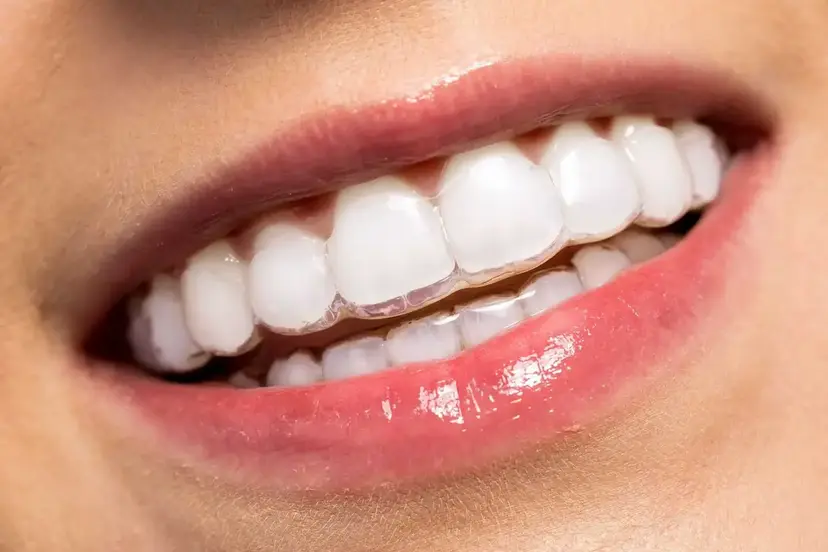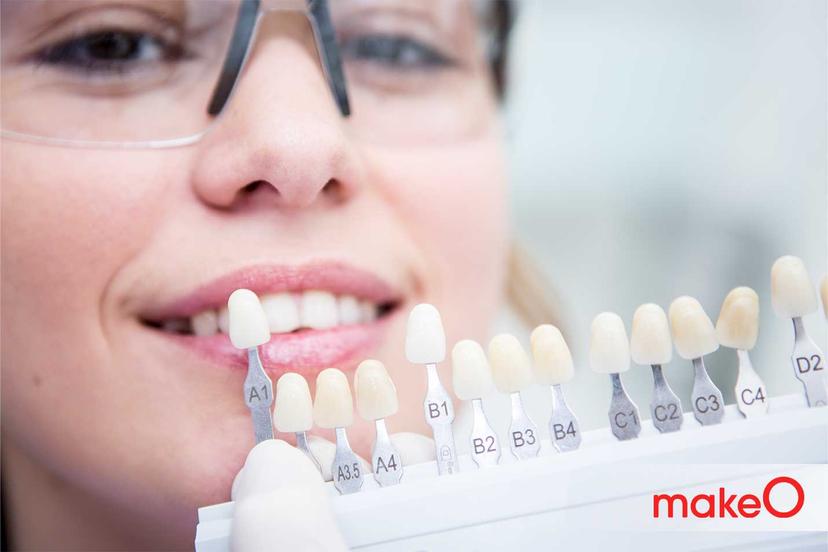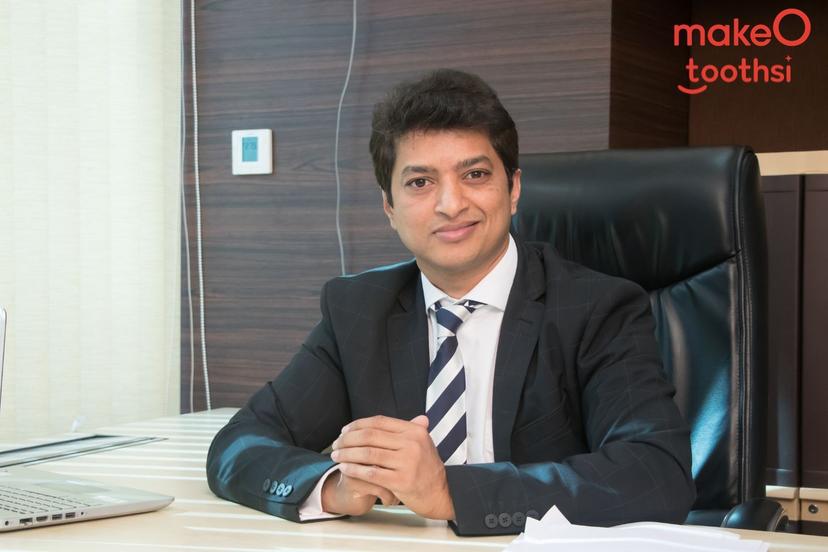MakeO blog
Dental X-ray, which in dental terms is also known as a radiograph, is a very useful tool for your dentist to see clearly inside your mouth beyond what they can see during the regular checkup. It uses electromagnetic radiation to provide pictures of the hard structures in the mouth. This radiation can easily pass through the soft tissues and provide clear images of your teeth and jawbone. Of the different types of dental X-rays, bitewing helps to check for cavities between the back of your teeth or under the dental fillings. The periapical ones can detect changes in the entire tooth, from crown to root, and the surrounding bone. Panoramic X-rays provide a broad view of your entire jaw and teeth using a rotating machine, while the Cone-beam CT X-ray creates a detailed 3D image of your teeth. You should know how these dental X-rays are useful and the impact it has on your dental health. Especially, if you are having a dental retainer, you might be concerned about whether taking a Tooth X-ray could affect your retainers or the results of your treatment. Let’s explore the necessity of X-rays and whether it is safe for your retainers.
When Are They Needed
Dental X-rays are important tools useful for the diagnosis and treatment of various dental issues. Certain infections, hidden cavities or any bone loss because of gum disease are not always visible during a routine dental checkup and these can be detected with the help of X-rays. These also help to identify any cysts, tumors, fractures or any other dental abnormalities.
Additionally, X-rays are also recommended for children and teens to monitor for development of teeth and jaws thus helping to find out any growth issues.
Moreover, dental X-rays are essential for those who are undergoing orthodontic treatment, whether with metal braces or clear aligners. Before the dentist plans to go ahead with the orthodontic appliance, they take X-rays to get a clear view of your teeth and jaws, which is essential for diagnosing issues like tooth deformities or root problems. During and after treatment, X-rays are used to ensure that braces or aligners are working effectively and to monitor progress.
Are Dental X-Rays Safe?
Dental X-rays are a standard part of dental care, but it is quite natural for anyone to be concerned if this exposure is safe. The good news is the amount of radiation exposed in a Tooth X-ray is very low and therefore safe. The exposure is comparable to what you receive from everyday activities or exposure like:
Watching TV, using smartphones, or even working on your computer
Exposure to tiles/granite tops used in your home
The natural background radiation we get from the sun and the stars
Moreover, to keep you safe from unwanted exposure, dentists follow several key measures:
These days, a lot of dentists use digital X-rays as these are a safer alternative. These are faster and utilize 90% less radiation compared with the traditional ones that use a dental film.
Dentists usually take a tooth X-ray only when necessary. They might use images from previous visits if available or choose methods that use less radiation unless more detailed images are really needed.
Dentists follow strict safety rules and regulations to keep exposure levels as low as possible.
Overall, radiographs are safe and essential tools for accurate diagnosis of your dental problems. You can feel confident knowing that your dentist is using the latest technology and best practices to keep you safe while providing the care you need.
Can Dental X-Rays Harm Retainers?
Dental Retainers are appliances that help in keeping your teeth straight after orthodontic treatment to ensure that they remain properly aligned over time. The most used retainers are:
Fixed Retainers: They commonly use a metal wire that is bonded with adhesive and cannot be removed.
Removable Retainers: They can be taken in and out. Traditional (Hawley) retainers have a wire attached to plastic, while clear retainers are entirely plastic and wire-free.6
Dental X-rays are especially important during orthodontic treatment as they help orthodontists monitor your progress.4 Concerns about dental X-rays damaging orthodontic appliances such as retainers are common, but here is why they generally don't cause harm:
Material Density: Retainers are made of different types of materials like stainless steel, elgiloy, metal and plastic. Essentially, denser materials absorb more radiation, while less dense ones don't. As a result, metal retainers can interact with the X-rays and can cause some artefacts on the X-rays. 7 The retainers made from materials like plastic or acrylic that are much less dense allow the X-rays to pass through them with minimal effect and without any harm.
Type of Retainer: The removable retainers can easily be taken out while taking X-rays posing no issue to the retainer. The fixed ones on the other hand, especially the metal ones, may interact with X-rays but that doesn’t cause any effect on the retainer.
Radiation Levels: X-rays used for dental purposes involve very low levels of radiation. The exposure is much less compared to other everyday sources of radiation.3 Orthodontist uses X-rays judiciously and adhere to strict safety guidelines to minimize radiation exposure.
X-rays are vital for monitoring and adjusting orthodontic treatment, including the use of retainers. They can be safely done during orthodontic stabilization phase, especially when clear retainers are used.
Conclusion
Dental X-rays are a necessary tool for accurate diagnosis of dental problems and to see if your orthodontic treatment, including the use of dental retainers, is effective. Dental X-ray pose minimal risks to your health and your orthodontic appliance, while ensuring a high precision treatment.
Related articles

Types of Braces: Removable vs Fixed Braces, Which is Right For You?

This Diwali, Smile Bright With makeO Teeth Whitening Kit

Dr. Pravin Shetty: Pioneer in Lingual Orthodontics & Innovative Smile Solutions
How do I Know I’m the Right Candidate for makeO toothsi Teeth Aligners?

